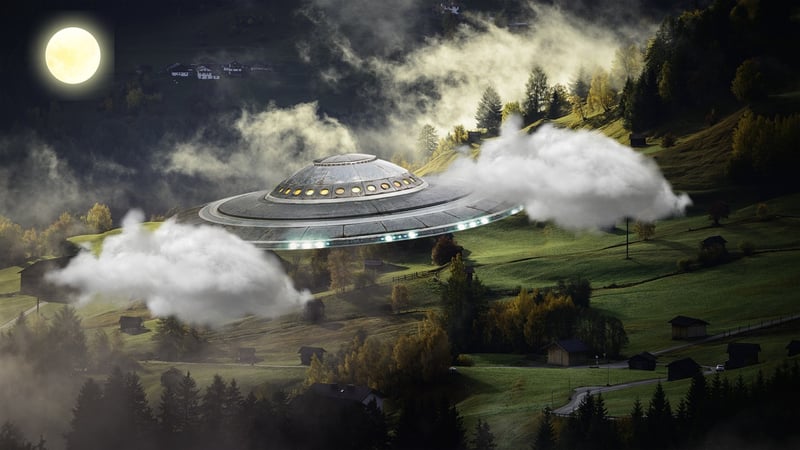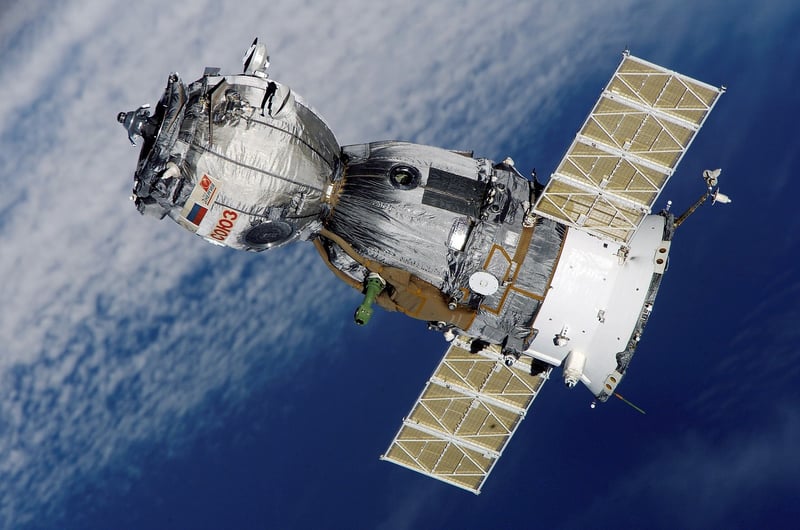Biodiversity in Space
Exploring Life Beyond Earth: Biodiversity in Space
Humanity has always been intrigued by the possibility of life beyond our planet. The search for extraterrestrial life has fueled scientific curiosity and exploration for centuries. From microbial life on Mars to potential habitable moons of distant exoplanets, the quest to discover life beyond Earth continues to captivate scientists and enthusiasts alike.
The Diversity of Life in the Universe
The concept of biodiversity extends far beyond the boundaries of our planet. Just as Earth is teeming with a wide array of life forms, the universe itself is believed to hold the potential for a staggering variety of organisms. From extremophiles that thrive in harsh environments to complex multicellular organisms, the possibilities for life in space are as diverse as they are fascinating.
Exploring Exoplanets and Moons
With the discovery of thousands of exoplanets beyond our solar system, astronomers have identified numerous worlds that may harbor conditions suitable for life. From rocky planets in the habitable zone of their stars to icy moons with subsurface oceans, the search for habitable environments is ongoing. Missions like the James Webb Space Telescope and future space observatories aim to study these distant worlds in greater detail.
Extremophiles and Adaptation
On Earth, extremophiles have demonstrated the incredible adaptability of life forms to thrive in extreme conditions. From deep-sea hydrothermal vents to acidic hot springs, these organisms have expanded our understanding of where life can exist. Studying extremophiles not only informs our search for life in space but also provides insights into the limits of habitability.
The Role of Technology in Space Exploration
Advancements in technology have revolutionized our ability to explore space and search for life beyond Earth. Robotic missions to Mars, like the Perseverance rover, are equipped with sophisticated instruments to analyze the planet's geology and search for signs of past microbial life. Future missions may include sample return missions from Mars and missions to the icy moons of Jupiter and Saturn.
Conclusion
As we continue to push the boundaries of space exploration, the search for life beyond Earth remains a central focus of scientific inquiry. Whether in the form of microbial organisms on Mars or complex life forms on distant exoplanets, the exploration of biodiversity in space offers a glimpse into the potential richness and diversity of life in the universe.

For further information on space exploration and biodiversity, you can visit the NASA website.
